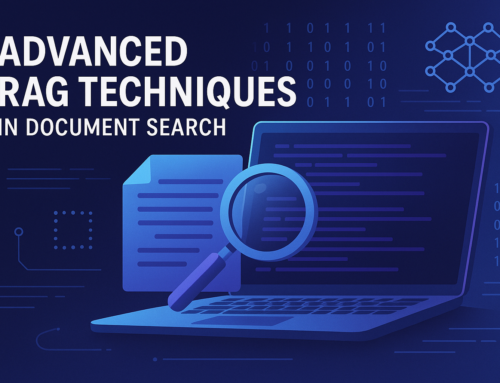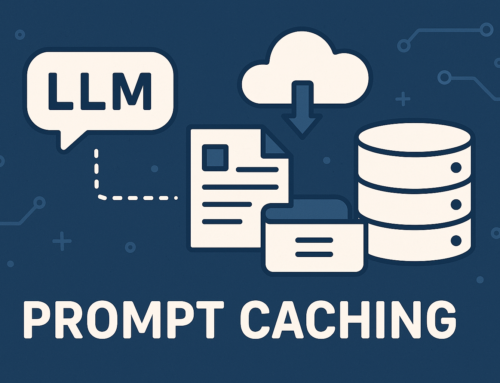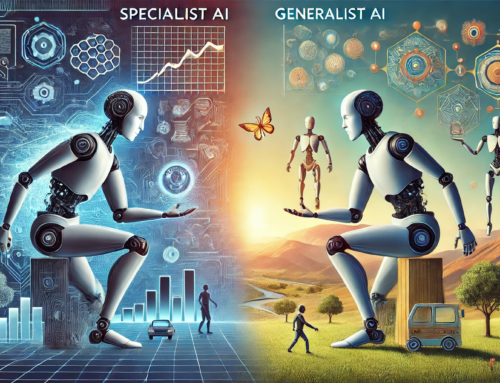In today’s competitive landscape, businesses face increasingly complex challenges that require sophisticated solutions. A promising approach gaining traction involves deploying teams of specialized AI agents that work together—much like human teams—to tackle multifaceted business problems. This collaborative AI framework offers significant advantages for organizations looking to enhance productivity, reduce errors, and drive innovation.
The Power of AI Teamwork
Just as your most effective human teams divide complex projects into manageable components, AI systems can now operate in specialized teams with distinct roles:
- Specialist Agents handle specific, narrowly-defined tasks they excel at
- Manager Agents coordinate the overall workflow and ensure alignment with business objectives
- Review Agents critically evaluate outputs and identify potential issues before implementation
This structured approach transforms how AI can serve your business by making complex automation more reliable, transparent, and effective.
Real Business Benefits
Higher Quality Outputs
When complex tasks are broken down, each component receives focused attention from a specialized agent. This reduces errors that typically occur when attempting to solve multi-dimensional problems in a single pass. The review agent provides an additional layer of quality assurance by challenging assumptions and identifying potential blind spots that specialist agents might miss.
For example, a financial services company implemented this approach for client portfolio analysis. Specialist agents handled market data analysis, risk assessment, and tax optimization separately, while a review agent evaluated the comprehensive strategy for inconsistencies. This resulted in a 28% reduction in planning errors compared to their previous all-in-one AI approach.
Increased Efficiency
By distributing complex workflows across multiple specialized agents that can work simultaneously, businesses can dramatically reduce processing time for complex tasks. The manager agent ensures that handoffs between specialists happen smoothly, eliminating bottlenecks.
A manufacturing client implemented this multi-agent approach for supply chain optimization and reduced planning cycles from weeks to days while simultaneously improving accuracy of demand forecasts by 15%.
Enhanced Adaptability
When business requirements change, modular AI systems allow you to update or replace individual agents without disrupting the entire workflow. This makes your AI investments more future-proof and adaptable to changing market conditions.
A retail chain found that when seasonal shopping patterns shifted dramatically post-pandemic, they could quickly retrain their demand forecasting agent without having to overhaul their entire inventory management system.
Improved Transparency
With distinct agents handling specific sub-tasks, business leaders gain visibility into exactly how complex decisions are being made. This makes it easier to identify the source of any issues and maintain appropriate oversight of AI systems.
Implementing Agent Teams in Your Business
While the technical implementation requires specialized expertise, business leaders should focus on these key considerations:
- Identify complex workflows that would benefit from breaking down into discrete components
- Define clear boundaries between different agents’ responsibilities
- Establish success metrics for both individual agents and the overall system
- Implement robust feedback mechanisms that allow continuous improvement
- Start with contained, low-risk applications before scaling to business-critical functions
The Future of Work: Human-AI Collaboration
The most effective implementations of AI agent teams don’t replace human workers—they augment them. Human expertise remains essential for providing strategic direction, handling exceptional cases, and making value judgments that require contextual understanding beyond the AI’s capabilities.
By delegating routine components of complex workflows to AI agent teams, your human talent can focus on higher-value activities that drive innovation and strengthen customer relationships.
Conclusion
As AI capabilities advance, the team-based approach to AI implementation offers a pragmatic path forward for businesses seeking to harness these technologies responsibly. By breaking down complex problems into manageable components assigned to specialized agents, with appropriate coordination and review mechanisms, businesses can achieve more reliable, transparent, and effective AI solutions.
The organizations that thrive in the coming years will be those that effectively combine the unique strengths of both human and AI team members—creating workflows that leverage the best of both worlds.





